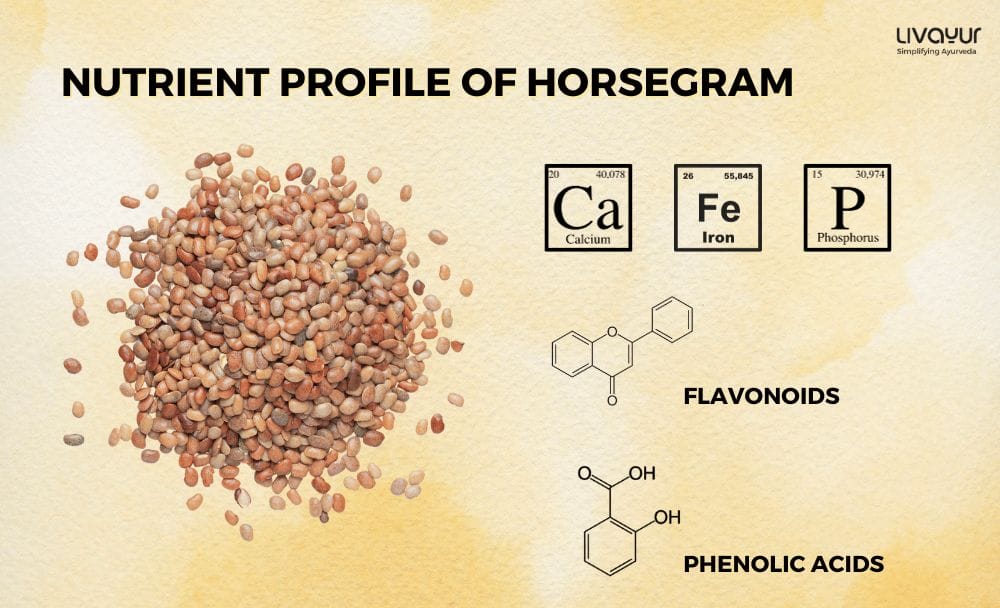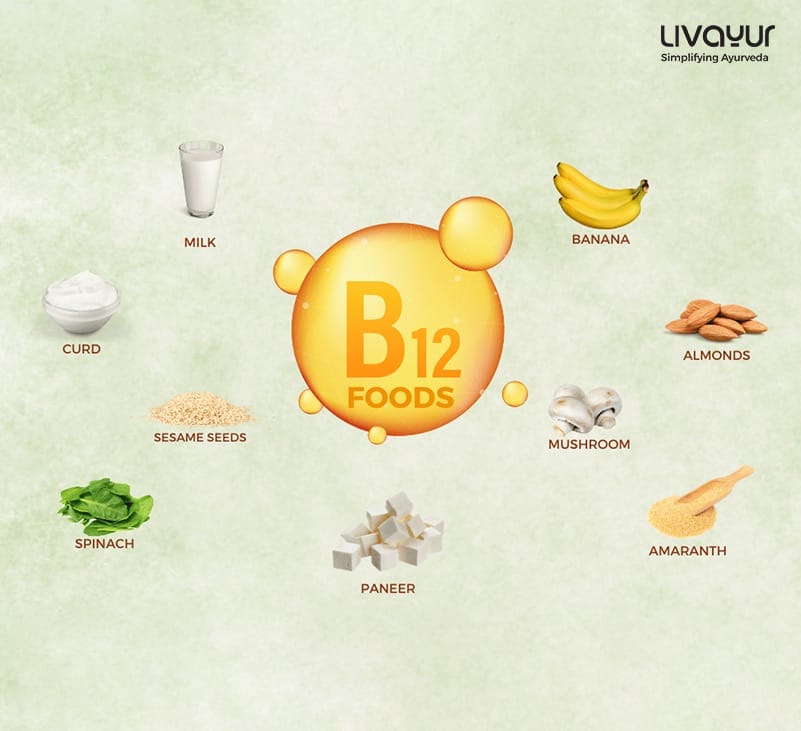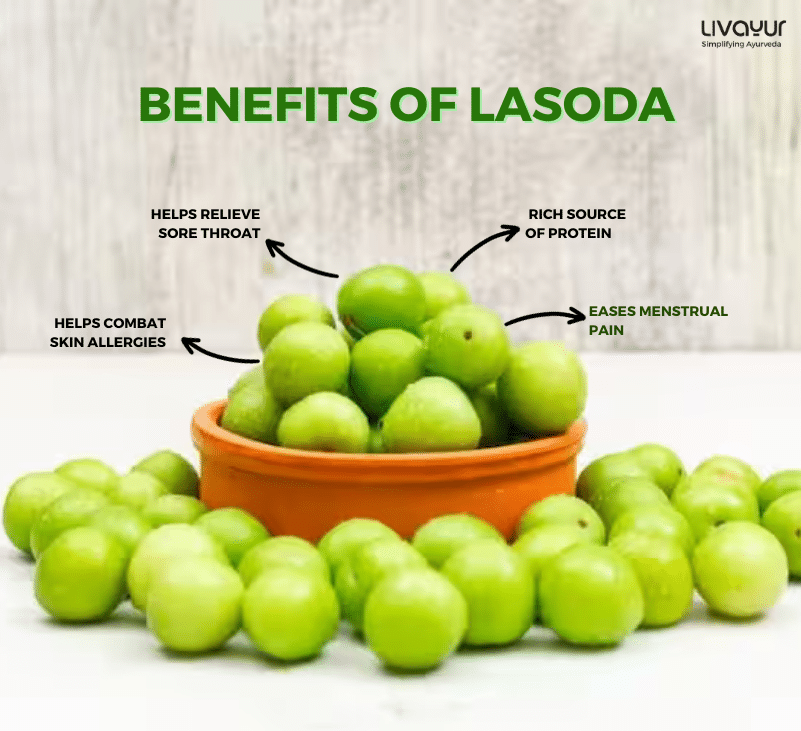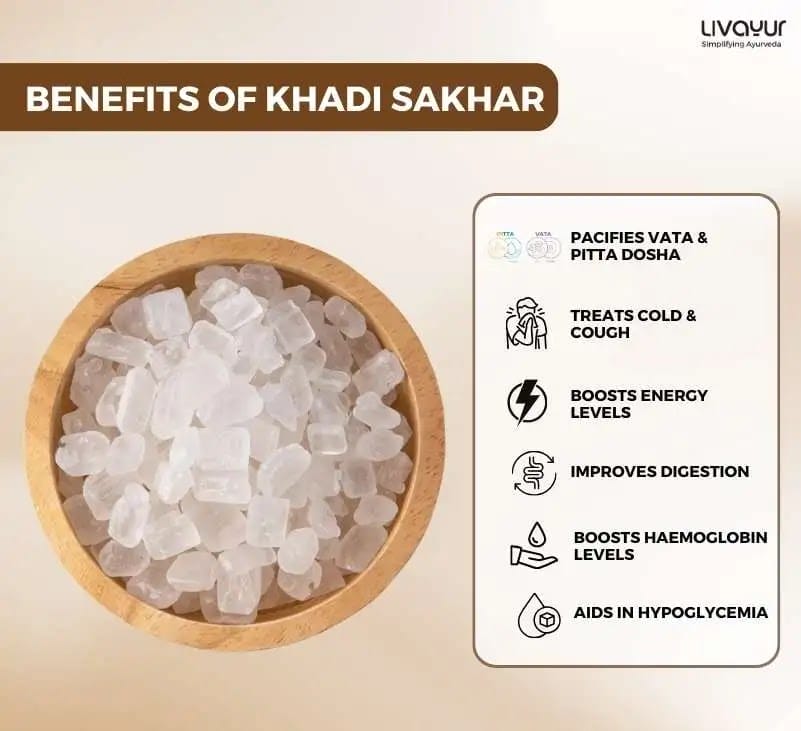
Are you looking for a nutritious and healthy addition to your diet? Look no further than horse gram!
Also known as Kulathi in Hindi, horse gram is a staple food in the southern part of India and is used in the preparation of many traditional dishes such as Rasam. But horse gram is more than just a tasty ingredient. This powerful legume is packed with essential nutrients that provide numerous health benefits. In fact, consuming horse gram on a regular basis can help reduce the risk of many serious health problems. [1]
Let’s have a look at the horse gram benefits and incorporate this versatile and nutritious food into our diet. Apart from the horse gram benefits for health, we’ll also talk about the various horse gram uses and horse gram side effects in this article. Read on:
Nutrient Profile of Horse Gram [1]
Horse gram is rich in several minerals such as iron, calcium, phosphorus, and protein. It is also loaded with a range of natural phenols, including phenolic acids, flavonoids, and antioxidants, which help prevent and manage chronic diseases such as cancer, diabetes, and heart disease. The nutrients in horse gram are listed below:
| Nutrition | (per 100 gm) |
| Carbohydrates | 57.20% |
| Protein | 22% |
| Dietary fiber | 5.30% |
| Fat | 0.50% |
| Calcium | 287 mg |
| Phosphorous | 311mg |
| Iron | 6.77 mg |
| Calories | 321 Kcal |
| Thiamine | 0.4 mg |
| Riboflavin | 0.2 mg |
| Niacin | 1.5 mg |
| Moisture | 11.39% |
| Ash | 3% |
Horse Gram Benefits
1. Removes Kidney Stones
Primary Benefits: Horse gram is rich in potent antioxidants and detoxifying properties. [1]
Secondary Benefits: As such, it aids in the treatment of kidney stones.
2. Supports Diabetes Treatment
Primary Benefits: The antioxidant properties of horse gram help reduce the risk of diabetes. [1]
Secondary Benefits: Furthermore, horse gram also helps slow down the digestion of carbohydrates, reduce insulin resistance, and lower postprandial hyperglycemia.
3. Helps Manage Weight
Primary Benefits: Horse gram for weight loss works effectively as horse gram is loaded with fibre which aids in weight loss. [1]
Secondary Benefits: In addition, horse gram also contains fewer calories, making it ideal for losing weight.
4. Improves Heart Health
Primary Benefits: Horse gram contains dietary fibre that helps lower LDL (bad cholesterol) and raises HDL (good cholesterol).
Secondary Benefits: As a result, horse gram helps prevent several cardiovascular diseases, including heart attack. [1]
5. Prevents Gastrointestinal Disorders
Primary Benefits: Horse gram contains powerful flavonoids and dietary fibre, which help treat diarrhea and stomach ulcers. [1]
Secondary Benefits: The fibre content in horse gram also helps relieve constipation by softening the stools and making them easier to pass. Horse gram is also an effective remedy for treating piles.
Also learn about 15 proven benefits of lauki juice
6. Treats Colds and Fever
Primary Benefits: Horse gram has been used for centuries as a traditional remedy for fevers and colds.
Secondary Benefits: Additionally, horse gram can also aid in the treatment of throat infections. [1]
7. Promotes Skin Health
Primary Benefits: Flavonoids present in horse gram protect the skin from the harmful ultraviolet rays of the sun. [1]
Secondary Benefits: Additionally, horse gram can also be used to get rid of rashes and boils and improve overall skin health.
8. Enhances Female Health
Primary Benefits: Horse gram benefits for females include the ability of horse gram to treat menstrual irregularities in women. [1]
Secondary Benefits: Furthermore, horse gram also helps alleviate symptoms of urinary discharge, such as foul-smelling discharge, inflammation, and pain. [2]
9. Supports Male Reproductive Health
Primary Benefits: The minerals and amino acids present in horse gram boost the male reproductive system and increase blood flow to the organs.
Secondary Benefits: This helps improve sperm count and reduce the risk of infertility. [2]
10. Promotes Liver Health
Primary Benefits: Horse gram contains potent plant substances like flavonoids and polyphenols that protect the liver and gallbladder.
Secondary Benefits: Additionally, these flavonoids and polyphenols also help purify the blood and detoxify the body, which is essential for good liver health.
How to use horse gram
The various horse gram uses are discussed below:
Prepare by soaking a handful of horse grams overnight for a nutrient-packed boost. Enjoy this energizing meal on an empty stomach, making it a delightful routine two to three times daily.
The nutritional enhancement methods of de-husking, germination, and cooking, along with extended cooking times are necessary for optimal food value. Horse gram seeds are also consumed whole, as sprouts, or in meals in rural southern India. [4]
Ayurvedic instructions on horse gram use
In Ayurveda, horse gram or M. uniflorum is characterized by its Kashaya Rasa, Laghu, Ruksha, Tikshna Guna, Ushna Veerya, and Katu Vipaka properties. Medicinal formulations like Dhanyamla and decoctions are crafted from its seeds. Primarily, it serves as a tonic, astringent, and diuretic, often prescribed for conditions like rheumatism, neuralgia, and various other ailments. Here are some of its Ayurvedic uses:
1. Kulattha (horse gram/Dolichos biflorus Linn.) is considered Ushna (hot potency), Kashaya (astringent), and Amlapaka (sour after digestion).
2. It alleviates imbalanced Kapha and Vata.
3. Acharya Sushruta highlights Vanya Kulattha, which pacifies deranged Kapha, beneficial for Anaha, obesity, piles, hiccoughs, Shwasa (asthma), dyspnoea, hemoptysis, and eye disorders. [6]
Some healthiest horse gram recipes
Kulthi water
- Soak 25 grams of horse gram in 250 ml of water overnight.
- Strain the soaked water and consume it on an empty stomach in the morning.
- Refill the soaked horse grams with an equal amount of water and drink it during lunch.
- Maintain this routine for 6 months, believed to aid in breaking kidney stones.
- Utilize the soaked horse gram to prepare a thin dal, suitable for pairing with rice or roti.
Kulthi soup
- Use 200 grams of Kulthi dal and 2 liters of water for the soup.
- Slow cook the mixture over low heat for 4 to 5 hours until it reduces by half.
- Consume this soup during lunch on its own.
- Expected effects might start within a week or two weeks. [5]
Horse gram side effects
- Aggravates bleeding disorders: According to Ayurvedic texts, Acharya Vagbhata cautions against its use in bleeding disorders like menorrhagia due to its potential to increase bleeding. [6]
Creates stomach disturbances: Excessive consumption of horse gram can prove harmful to the stomach. Raffinose family oligosaccharides (raffinose, stachyose, and verbascose), low molecular weight derivatives of sucrose, lead to gas buildup, discomfort, diarrhea, as well as pain and cramps post-digestion. [7]
FAQs
1. What is the difference between horse gram and masoor dal?
Though Masoor dal and horse gram look the same, they are different. Both are rich in proteins but differ a lot in taste. Masoor dal is thick-textured and superb in taste while horse gram is not that tasty.
2. Are there any restrictions related to horse gram-based recipes?
When taking horse gram-based dishes, talk to your Ayurvedic doctor first, as you may develop some kind of discomfort while taking Shilajit formulations.
3. What are the different names by which horse gram is known?
Horse gram is known by several other names in the local languages, such as:
1. Hulthi and Kulthi (Hindi)
2. Kolatha (Oriya)
3. Kulith and Kuleetu (Konkani)
4. Kudu (Tulu)
5. Ulavalu (Telugu)
6. Kulthi-Kalai (Bengali)
7. Hurule (Kannada)
8. Mudhira (Malayalam)
9. Kollu (Tamil)
4. Where is horse gram produced in India?
In India, horse gram is produced mainly in the southern Indian states.
Conclusion
Horse gram is a versatile and nutritious food that provides many health benefits to the body. From aiding in treating kidney stones, diabetes, skin problems, and female health issues, horse gram has something to offer for everyone.
Incorporating horse gram into your diet can not only provide you with essential nutrients but also help prevent and manage numerous chronic diseases.
Disclaimer
This article is written from a health and wellness perspective and is not medical advice. Kindly seek the help of a certified medical practitioner before initiating any treatment.
References
- Utility Of Horse Gram: A Narrative Review
- REVIEW ON KULTTHA (DOLICHOS BIFLORUS LINN.) ON THE BASIS OF AYURVEDIC AND MODERN ASPECT
- Nutritional composition of horsegram
- Nutritional composition, processing, and utilization of horse gram and moth bean
- Horse Gram / Kulthi Dal-A lentil unexplored
- SHIMBHI DHANYA VARGA (GROUP OF LEGUMES AND PULSES): A PREVENTIVE AND CURATIVE PERSPECTIVE
- HORSE GRAM (MACROTYLOMA UNIFLORUM): NUTRACEUTICAL PULSE CROP: A REVIEW






















